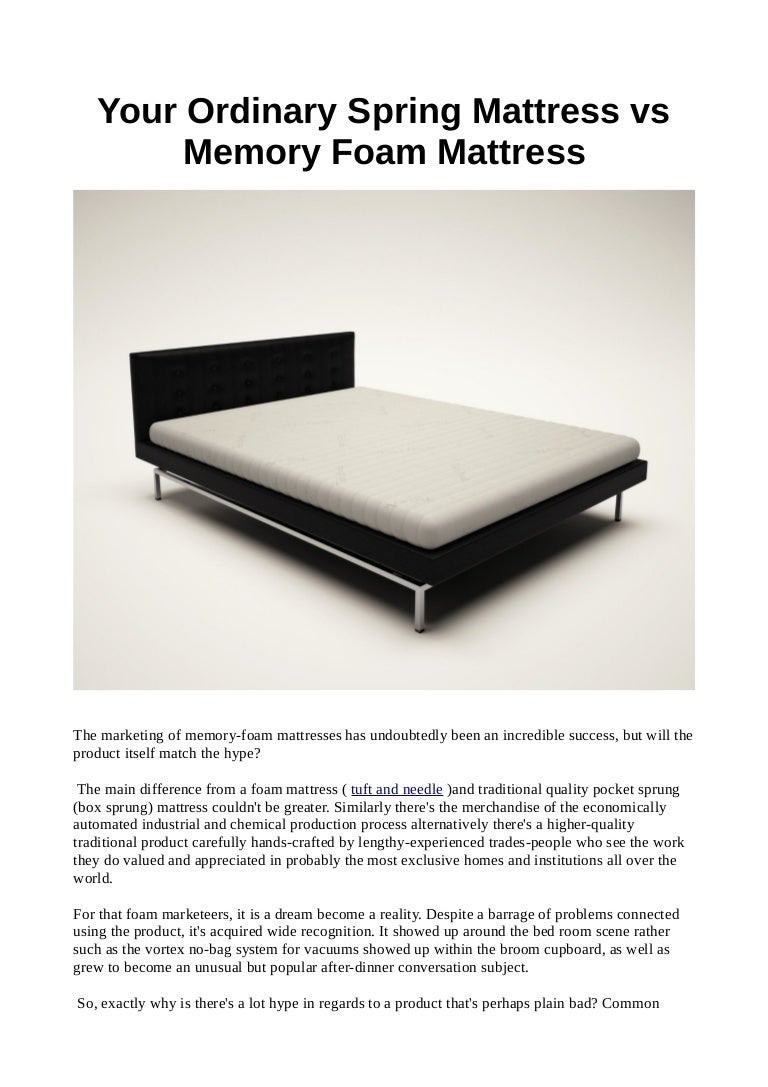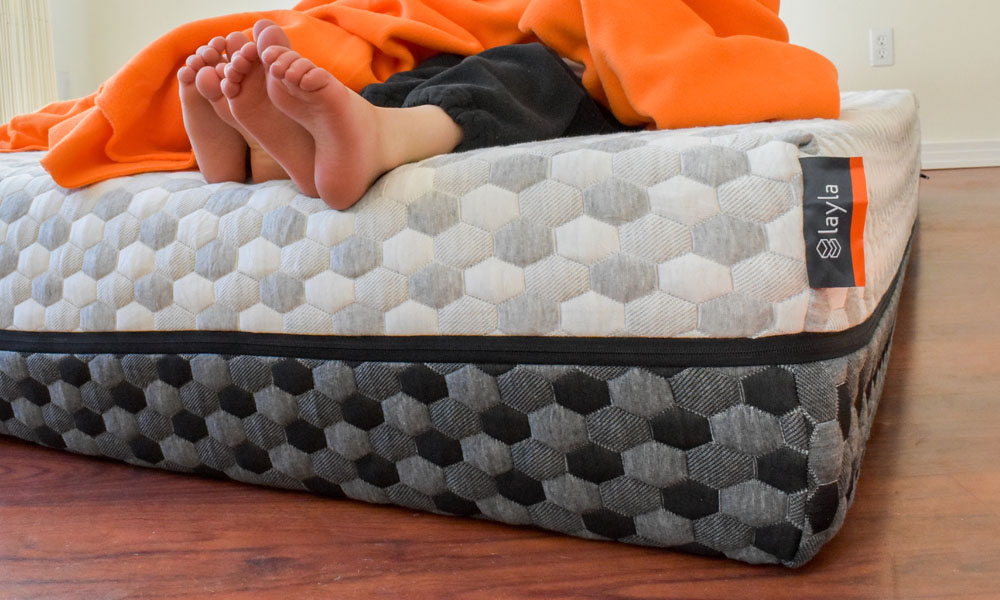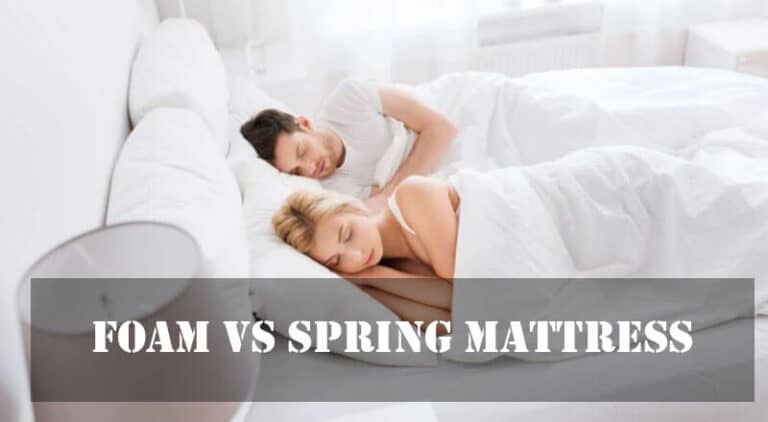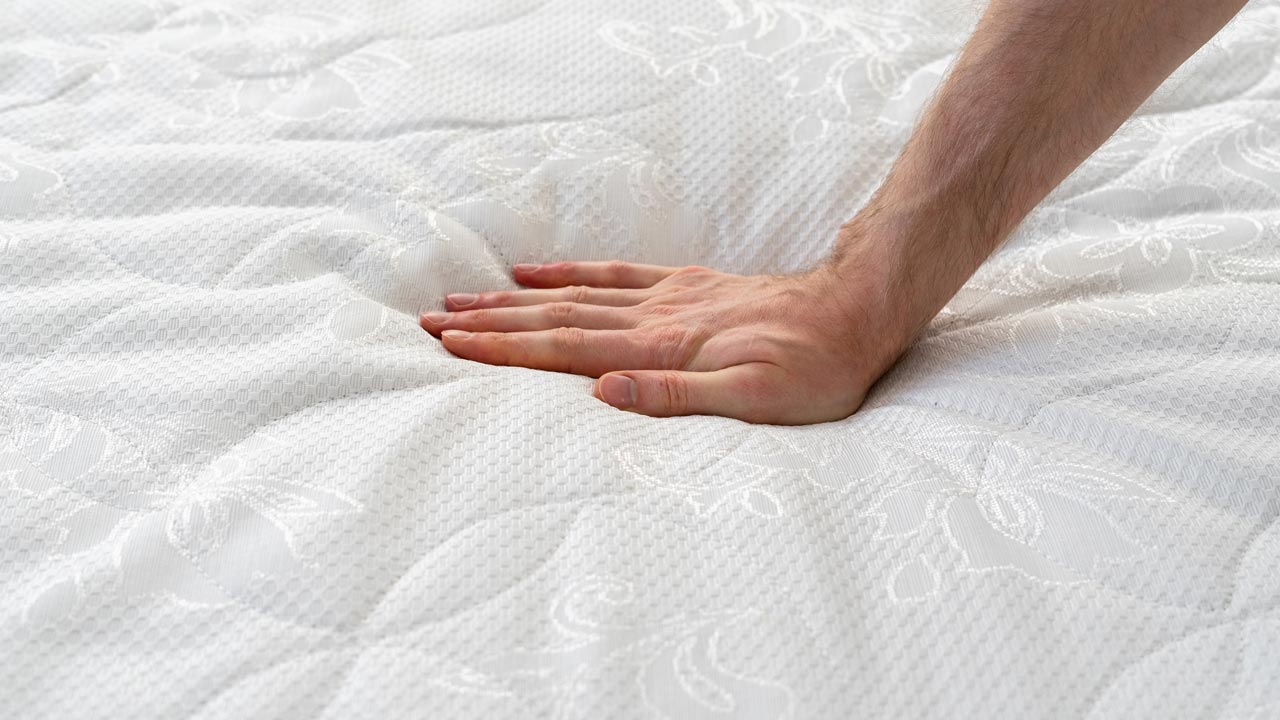Choosing a new mattress can be a daunting task. With so many options on the market, it can be overwhelming to decide which one is right for you. Two popular choices are spring mattresses and foam mattresses. While both have their own unique benefits, they also have their own drawbacks. In this article, we'll compare these two types of mattresses to help you make an informed decision on which one is better for your needs.Spring Mattress vs Foam Mattress: Which One is Better?
Before we dive into the specifics, let's take a look at the pros and cons of spring and foam mattresses. Spring Mattress Pros:Spring vs Foam Mattress: Pros and Cons
One of the most important factors to consider when choosing a mattress is comfort and support. A good mattress should provide proper spinal alignment and relieve pressure points for a comfortable night's sleep. Spring mattresses are known for their bounciness and responsiveness. They have a firmer feel and are better suited for heavier individuals as they provide more support. However, they may not be as comfortable for those who prefer a softer sleeping surface. Foam mattresses, on the other hand, contour to your body and provide personalized support. This can be beneficial for those with chronic pain or pressure points. However, they may not be suitable for heavier individuals as they may not provide enough support.Spring vs Foam Mattress: Comfort and Support Comparison
Another important factor to consider is the durability and longevity of the mattress. A good mattress should last for at least 7-10 years. Spring mattresses have a shorter lifespan compared to foam mattresses. While they may be more affordable, they are prone to developing sagging and losing support over time. This can lead to discomfort and the need to replace the mattress sooner. Foam mattresses, on the other hand, are known for their durability. They can last up to 10 years or more with proper care. This makes them a better long-term investment, even though they may be more expensive initially.Spring vs Foam Mattress: Durability and Longevity
Price is often a determining factor when purchasing a new mattress. While there are affordable options for both spring and foam mattresses, foam mattresses tend to be more expensive due to their durability and personalized support. Spring mattresses are typically more affordable, with prices ranging from $500 to $1500. However, higher quality spring mattresses can cost upwards of $2000. Foam mattresses can range from $800 to $2000, depending on the brand and materials used. While this may seem like a high price, the longevity of foam mattresses can make them a better investment in the long run.Spring vs Foam Mattress: Price Comparison
If you're someone who is easily disturbed by a partner's movements during the night, then motion isolation is an important factor to consider. This refers to how much movement is felt on one side of the mattress when the other side moves. Spring mattresses tend to have poor motion isolation. This means that movement on one side of the bed can be felt on the other side, potentially disrupting your sleep. This can be an issue for couples or those who share a bed with a restless sleeper. Foam mattresses have excellent motion isolation, making them a good choice for those who share a bed. The foam absorbs movement, reducing the chances of being disturbed by a partner's movements.Spring vs Foam Mattress: Motion Isolation
Another common issue with mattresses is heat retention. If you tend to sleep hot, this can be a major factor in your decision. Spring mattresses have better airflow and tend to sleep cooler compared to foam mattresses. This can be beneficial for those who live in warmer climates or naturally sleep hot. Foam mattresses, on the other hand, can retain heat and sleep hot. However, many foam mattress brands have addressed this issue by using cooling gel or other materials to regulate temperature and keep sleepers comfortable.Spring vs Foam Mattress: Heat Retention
If you suffer from allergies or respiratory issues, the materials used in your mattress can have a significant impact on your health and comfort. Spring mattresses may contain materials like latex or wool which can trigger allergies. They may also attract dust mites, which can be problematic for those with respiratory issues. Foam mattresses are hypoallergenic and resistant to dust mites. They are also made without harmful chemicals, making them a better choice for those with allergies or health concerns.Spring vs Foam Mattress: Allergies and Health Concerns
Mattresses require regular maintenance and care to keep them clean and in good condition. Let's take a look at the maintenance and care required for spring and foam mattresses. Spring mattresses may need to be flipped or rotated regularly to prevent sagging and maintain support. They may also require spot cleaning or professional cleaning if stains occur. Foam mattresses do not need to be flipped or rotated, but they may need to be vacuumed or spot cleaned from time to time. Some foam mattresses come with removable and washable covers, making them easier to maintain.Spring vs Foam Mattress: Maintenance and Care
After considering all the factors, the decision ultimately comes down to personal preference and individual needs. If you prefer a bouncier and more supportive mattress, a spring mattress may be the better choice for you. But if you prioritize personalized support and durability, a foam mattress may be the way to go. Consider your budget, sleeping habits, and any health concerns before making your decision. No matter which type of mattress you choose, make sure to do your research and invest in a high-quality mattress to ensure a comfortable and restful night's sleep. Happy mattress shopping!Spring vs Foam Mattress: Which One is Right for You?
Springs vs Foam Mattress: Which is the Better Choice for Your Home?

The Importance of Choosing the Right Mattress
 When it comes to designing your home, choosing the right mattress is often overlooked. However, a good mattress is essential for a good night's sleep and plays a crucial role in maintaining your overall health and well-being. With so many options available on the market, it can be overwhelming to make a decision. Two popular choices are springs and foam mattresses. Let's take a deeper look at these two options and determine which one is the better choice for your home.
When it comes to designing your home, choosing the right mattress is often overlooked. However, a good mattress is essential for a good night's sleep and plays a crucial role in maintaining your overall health and well-being. With so many options available on the market, it can be overwhelming to make a decision. Two popular choices are springs and foam mattresses. Let's take a deeper look at these two options and determine which one is the better choice for your home.
The Battle of Support and Comfort
 When it comes to support,
springs
and
foam
mattresses offer different levels. Springs mattresses, also known as innerspring mattresses, have been around for decades and have been the go-to option for many households. They provide
firm support
through metal coils, which are designed to distribute weight evenly and offer a bounce-like feel. On the other hand, foam mattresses, which are relatively newer, offer
contouring support
through layers of foam that conform to the body's shape. This provides pressure relief and helps align the spine, making it a popular choice for those with back pain.
When it comes to support,
springs
and
foam
mattresses offer different levels. Springs mattresses, also known as innerspring mattresses, have been around for decades and have been the go-to option for many households. They provide
firm support
through metal coils, which are designed to distribute weight evenly and offer a bounce-like feel. On the other hand, foam mattresses, which are relatively newer, offer
contouring support
through layers of foam that conform to the body's shape. This provides pressure relief and helps align the spine, making it a popular choice for those with back pain.
Durability and Maintenance
 In terms of durability, foam mattresses tend to have a longer lifespan compared to springs mattresses. This is because springs can wear out over time and lose their support, leading to sagging and discomfort. Foam mattresses, on the other hand, maintain their shape and support for a longer period. Additionally, foam mattresses are
hypoallergenic
and resistant to dust mites, making them a better option for those with allergies and asthma. They also require less maintenance, as they do not need to be flipped or rotated like springs mattresses do.
In terms of durability, foam mattresses tend to have a longer lifespan compared to springs mattresses. This is because springs can wear out over time and lose their support, leading to sagging and discomfort. Foam mattresses, on the other hand, maintain their shape and support for a longer period. Additionally, foam mattresses are
hypoallergenic
and resistant to dust mites, making them a better option for those with allergies and asthma. They also require less maintenance, as they do not need to be flipped or rotated like springs mattresses do.
Temperature Regulation
 One of the biggest complaints about foam mattresses is that they tend to retain heat, making them uncomfortable for those who tend to sleep hot. However, advancements in technology have led to the development of
gel-infused foam
mattresses, which have better temperature regulation properties. Springs mattresses, on the other hand, allow for better air circulation and tend to be cooler, making them a more suitable option for those who sleep hot.
One of the biggest complaints about foam mattresses is that they tend to retain heat, making them uncomfortable for those who tend to sleep hot. However, advancements in technology have led to the development of
gel-infused foam
mattresses, which have better temperature regulation properties. Springs mattresses, on the other hand, allow for better air circulation and tend to be cooler, making them a more suitable option for those who sleep hot.
The Final Verdict
 Both springs and foam mattresses have their own set of advantages and disadvantages. It ultimately comes down to personal preference and individual needs. If you prefer a
bouncy
and
firm
feel, a springs mattress may be the better option for you. However, if you are looking for
contouring support
and
hypoallergenic
properties, a foam mattress may be the way to go. Consider factors such as your sleeping position, body weight, and any health concerns before making a decision. Remember, a good mattress is an investment in your overall well-being, so choose wisely.
Both springs and foam mattresses have their own set of advantages and disadvantages. It ultimately comes down to personal preference and individual needs. If you prefer a
bouncy
and
firm
feel, a springs mattress may be the better option for you. However, if you are looking for
contouring support
and
hypoallergenic
properties, a foam mattress may be the way to go. Consider factors such as your sleeping position, body weight, and any health concerns before making a decision. Remember, a good mattress is an investment in your overall well-being, so choose wisely.















































